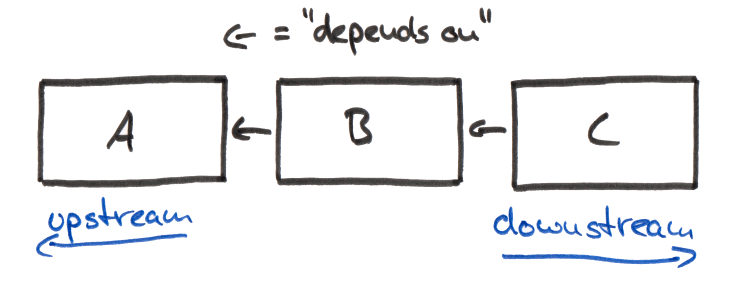
Historical Challenges with #RevOps
May 23, 2022Misunderstanding Predictable Revenue
The book, Predictable Revenue, by Aaron Ross, originally launched the business models and structures that 95% of B2B teams use today, however, over the years, the point of the book has evolved into a misinterpreted need to predict revenue instead of improving the structure and processes that dictate the predictability of revenue. Forecasting has become the latest focus in the rev ops space. However, it is simply predicting revenue with a high level of confidence. Don’t get me wrong, it is important, but it is only a bandaid overlaying much larger issues. Unless something is automated through technology, there is inherently room for human error, and that error multiplies exponentially over the course of time as the company’s leaders move on, younger folks get promoted to those roles, and the historical logic and strategy evaporates with logins and inexperience.
Opportunity is the delta between current status and the perceived improvement. Opportunity lies within inefficiencies, and surprisingly, the most visible and company-reliant team, the revenue team, is extremely inefficient. I often hear the description “We are a high-growth company”. What a term…”high-growth”. The description that typically follows those statements will have something along the lines of ‘we just raised a bunch of money and are going to triple our headcount by end of year’. [Your response: congratulations, wow, that’s amazing.] So, in that example, we are going to give them the benefit of the doubt and say they intend to achieve increasingly high-revenue targets in addition to the high-headcount goal. By the way, every company is a “high-growth company”; I’m still waiting to be introduced to the exec who prides themselves on working at a low-growth company. But, what absolutely never ceases to amaze me is the path in which [most] companies will take to achieve those high-growth goals: chiefly applying the new investment to headcount. Thankfully, technology has actually made it possible for companies to yield previously unrealistic financial objectives in short periods of time: decreasing ramp time for reps, improving remote meeting quality, prospect data, and the list goes on. Unfortunately, a lot of the strategy that those hired will try to execute is what “XYZ” successful company did, but slightly different. Which is astonishing because each successful company has it’s own unique product, models, and people that built them.
It has become extremely difficult for all companies to quickly adjust with the market, prepare for headcount changes, having a single data source of truth, and applying an equitable account strategy. This is where the real pain is for Go-To-Market teams, and this is the broken leg Sprocket can heal instead of bandaging reactively with campaign sprints and last-minute analyses or hiring consultants.






